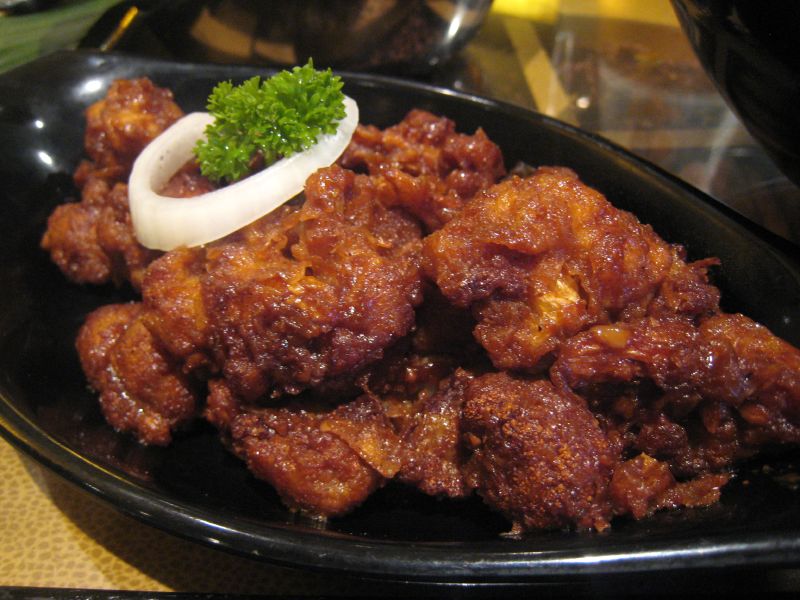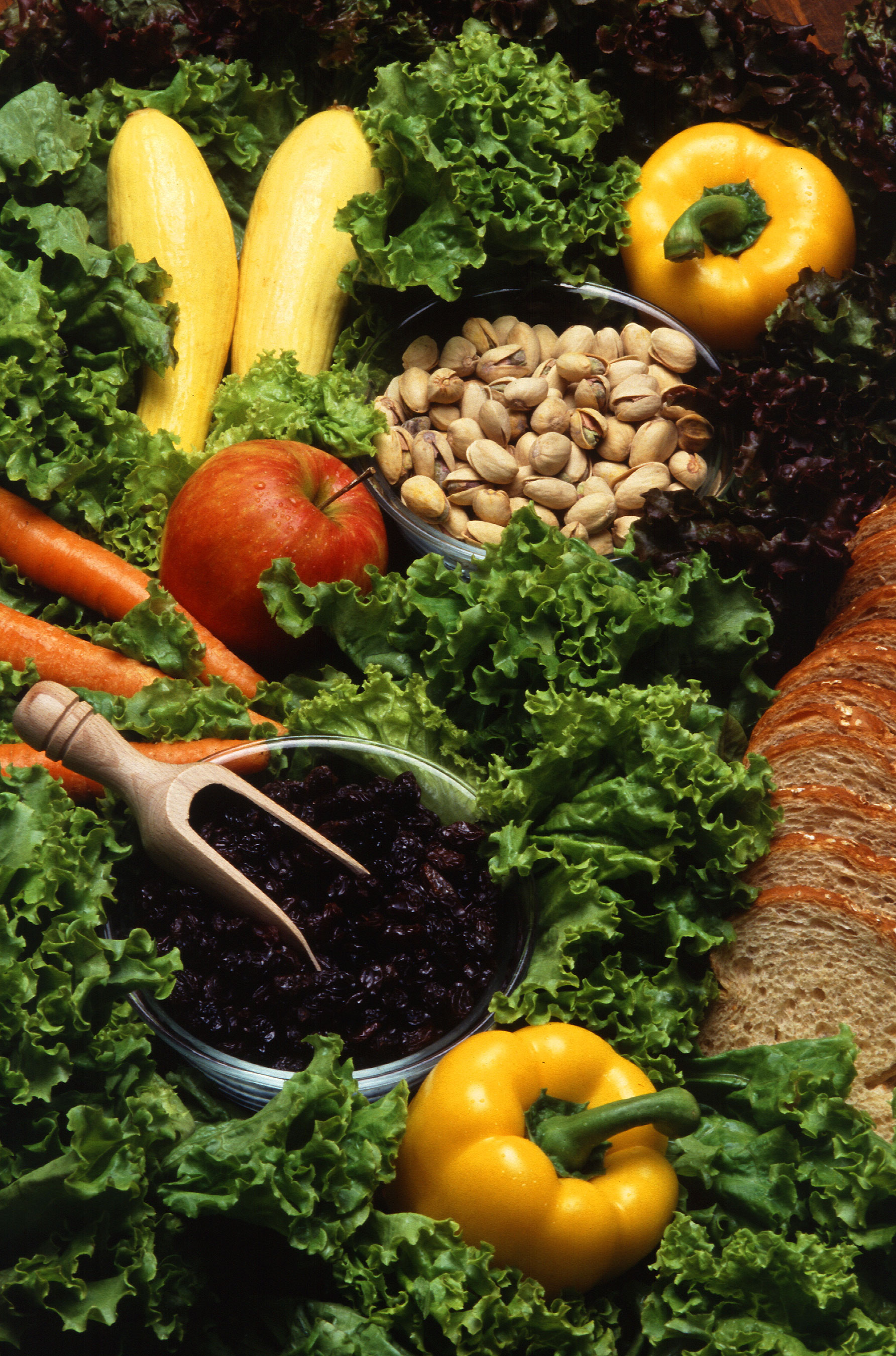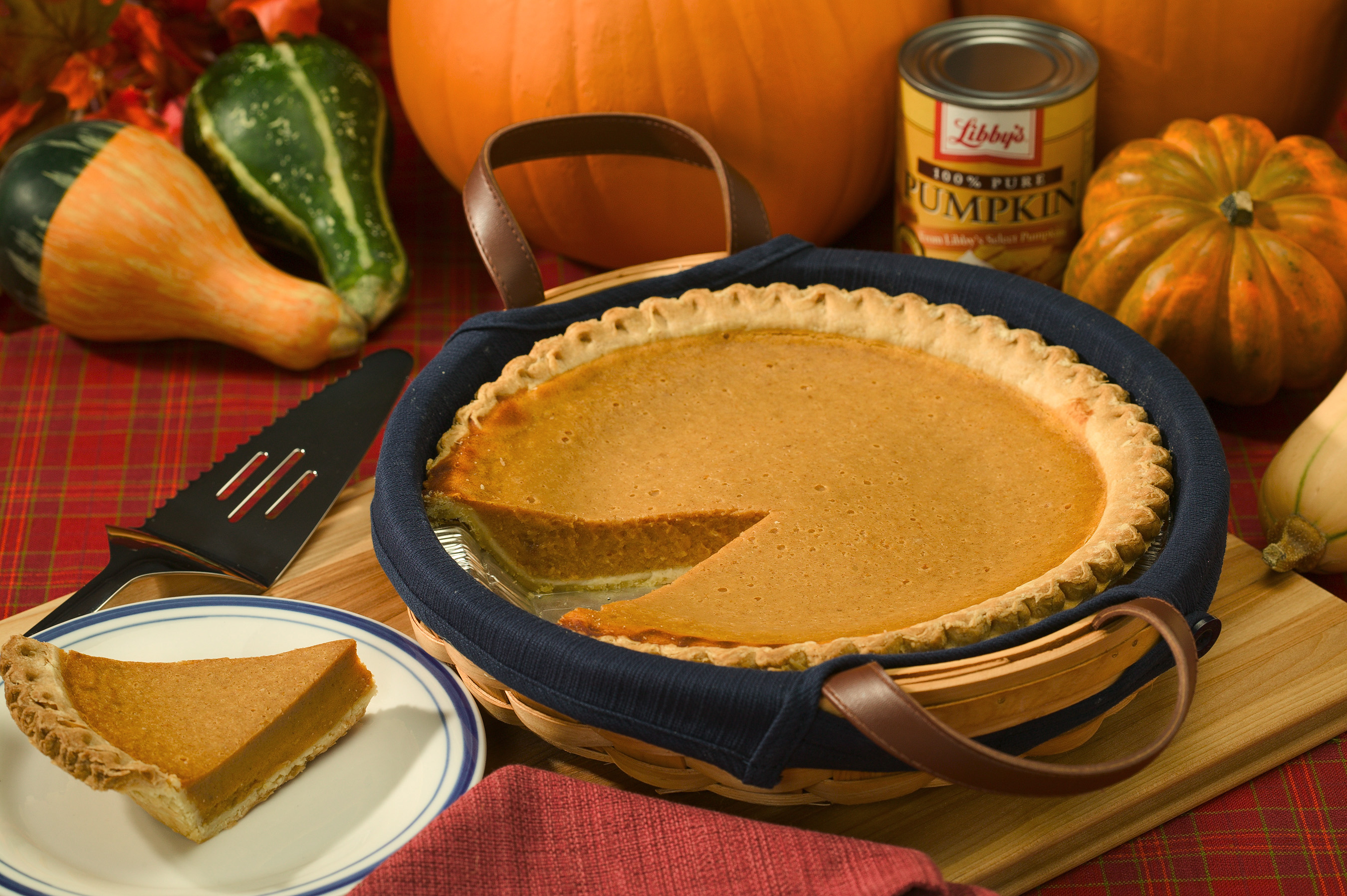|
List Of Vegetable Dishes
This is a list of vegetable dishes, that includes dishes in which the main ingredient or one of the essential ingredients is a vegetable or vegetables. In culinary terms, a vegetable is an edible plant or its part, intended for cooking or eating raw. Many vegetable-based dishes exist throughout the world. Vegetable dishes * * * * * * * * * * * * * * * * * * * * * * * * * * * * * * * * * * * * * * By main ingredient Eggplant dishes * * * * * * Legume dishes * * * * * * * * * * Potato dishes * * * * * * * * * * * By type Salads * * * * * * * * Soups * * * * * * * * * By country Indian vegetable dishes * * * * * * * * * * * * * * * Pakistani vegetable dishes * * * * See also * List of salads * List of squash and pumpkin dishes * List of vegetables * List of foods * Veggie burger * Vegetarian cuisine References External links * {{Lists of prepa ... [...More Info...] [...Related Items...] OR: [Wikipedia] [Google] [Baidu] |
Ratatouille
Ratatouille ( , ), oc, ratatolha , is a French Provençal dish of stewed vegetables which originated in Nice, and is sometimes referred to as ''ratatouille niçoise'' (). Recipes and cooking times differ widely, but common ingredients include tomato, garlic, onion, courgette (zucchini), aubergine (eggplant, brinjal), capsicum (bell pepper), and some combination of leafy green herbs common to the region. Etymology The word ''ratatouille'' derives from the Occitan ''ratatolha'' and is related to the French ''ratouiller'' and ''tatouiller'', expressive forms of the verb ''touiller'', meaning "to stir up". From the late 18th century, in French, it merely indicated a coarse stew. Modern ratatouille uses tomatoes as a foundation for sautéed garlic, onion, zucchini, aubergine (eggplant), bell pepper, marjoram, fennel and basil. Instead of basil, bay leaf and thyme, or a mix of green herbs like herbes de Provence can be used. The modern version does not appear in print until c. ... [...More Info...] [...Related Items...] OR: [Wikipedia] [Google] [Baidu] |
Gobi Manchurian
Manchurian is a class of Indian Chinese dishes made by roughly chopping and deep-frying ingredients such as chicken, cauliflower (''gobi''), prawns, fish, mutton, and paneer, and then sautéeing it in a sauce flavored with soy sauce. Manchurian is the result of the adaptation of Chinese cooking and seasoning techniques to suit Indian tastes. It has become a staple of Indian Chinese cuisine. History The word "Manchurian" means native or inhabitant of Manchuria (around northeast China), but the dish is basically a creation of Chinese restaurants in India, and bears little resemblance to traditional Manchu cuisine or Northeastern Chinese cuisine. It is said to have been invented in 1975 by Nelson Wang, a cook at the Cricket Club of India in Mumbai, when a customer asked him to create a new dish, different from what was available on the menu. Wang described his invention process as starting from the basic ingredients of an Indian dish, namely chopped garlic, ginger, and green ... [...More Info...] [...Related Items...] OR: [Wikipedia] [Google] [Baidu] |
Vegetarian Cuisine
Vegetarian cuisine is based on food that meets vegetarian standards by not including meat and animal tissue products (such as gelatin or animal-derived rennet). Lacto-ovo vegetarianism (the most common type of vegetarianism in the Western world) includes eggs and dairy products (such as milk and cheese without rennet). Lacto vegetarianism includes dairy products but not eggs, and ovo vegetarianism encompasses eggs but not dairy products. The strictest form of vegetarianism is veganism, which excludes all animal products, including dairy, honey, and some refined sugars if filtered and whitened with bone char. There are also partial vegetarians, such as pescetarians who eat fish but avoid other types of meat. There are a wide range of possible vegetarian foods, including some developed to particularly suit a vegetarian/vegan diet, either by filling the culinary niche where recipes would otherwise have meat, or by ensuring healthy intake of protein, B12 vitamin, and other ... [...More Info...] [...Related Items...] OR: [Wikipedia] [Google] [Baidu] |
Veggie Burger
A veggie burger is a hamburger patty that does not contain meat. It may be made from ingredients like beans, especially soybeans and tofu, nuts, grains, seeds or fungi such as mushrooms or mycoprotein. The patties that are the essence of a veggie burger have existed in various Eurasian cuisines for millennia, including in the form of disc-shaped grilled or fried meatballs or as koftas, a commonplace item in Indian cuisine. These may contain meats or be made of entirely vegetarian ingredients such as legumes or other plant-derived proteins. Origin There have been numerous claims of invention of the veggie burger. The dish, by name, may have been created in London in 1982 by Gregory Sams, who called it the 'VegeBurger'. Sams and his brother Craig had run a natural food restaurant in Paddington since the 1960s; a Carrefour hypermarket in Southampton sold 2000 packets in three weeks after its launch. An earlier reference can be heard in the 7 June 1948 episode of the American ra ... [...More Info...] [...Related Items...] OR: [Wikipedia] [Google] [Baidu] |
List Of Foods
This is a categorically-organized list of foods. Food is any substance consumed to provide nutritional support for the body. It is produced either by Plants or Animals, and contains essential nutrients, such as carbohydrates, fats, proteins, vitamins, or minerals. The substance is ingested by an organism and assimilated by the organism's cells in an effort to produce energy, maintain life, or stimulate growth. Note: due to the high number of foods in existence, this article is limited to being organized categorically, based upon the main subcategories within the Foods category page, along with information about main categorical topics and list article links. Basic foods Baked goods Baked goods are cooked by baking, a method of cooking food that uses prolonged dry heat. Breads * Breads – Bread is a staple food prepared from a dough of flour and water, usually by baking. Throughout recorded history it has been popular around the world and is one of humanity's oldest foods, ... [...More Info...] [...Related Items...] OR: [Wikipedia] [Google] [Baidu] |
List Of Vegetables
This is a list of plants that have a culinary role as vegetables. "Vegetable" can be used in several senses, including culinary, botanical and legal. This list includes botanical fruits such as pumpkins, and does not include herbs, spices, cereals and most culinary fruits and culinary nuts. Edible fungi are not included in this list. Legal vegetables are defined for regulatory, tax and other purposes. An example would include the tomato, which is a botanical berry, but a culinary vegetable according to the United States. Leafy and salad vegetables Fruits Chili peppers Edible flowers Podded vegetables Bulb and stem vegetables Root and tuberous vegetables Sea vegetables See also * Herbs * Vegetable juice * List of culinary fruits * List of leaf vegetables * List of vegetable dishes * List of foods This is a categorically-organized list of foods. Food is any substance consumed to provide nutritional support for the bod ... [...More Info...] [...Related Items...] OR: [Wikipedia] [Google] [Baidu] |
List Of Squash And Pumpkin Dishes
This is a list of notable squash and pumpkin dishes that are prepared using squash and pumpkin as a primary ingredient. Pumpkin is a squash cultivar. Squash and pumpkin dishes and foods * ''Hobak-juk'' – a Korean variety of ''juk'' (porridge) made with pumpkin and glutinous rice flour. * It is a smooth and naturally sweet porridge that is traditionally served to the elderly or recovering patients. * Hobak-tteok – a Korean dish and variety of ''siru-tteok'' (steamed rice cake) made by mixing fresh or dried pumpkin with glutinous or non-glutinous rice flour, then steaming the mixture in a '' siru'' (rice cake steamer). * Kabak tatlısı – a Turkish pumpkin dessert made by cooking peeled and cut pumpkin that has been sprinkled with sugar ( candied pumpkin). * Kadu bouranee – an Afghan and Turkish dish made by frying pumpkin with different spices * Maraq – a Somali soup that is sometimes prepared using pumpkin * Mashed pumpkin – a vegetable dish made by cooking or m ... [...More Info...] [...Related Items...] OR: [Wikipedia] [Google] [Baidu] |
List Of Salads
Salad is any of a wide variety of dishes including: green salads; vegetable salads; long beans; salads of pasta, legumes, or grains; mixed salads incorporating meat, poultry, or seafood; and fruit salads. They often include vegetables and fruits. Varieties of salad Unsorted * Bionico * Blunkett salad * Broccoli slaw * Buljol * Candle salad * Carrot salad * Dessert salad * Esgarrat * Esqueixada * Frogeye salad * Goma-ae * Hummus salad * Israeli eggplant salad * Kısır * Koi * Kuluban * Kung chae nampla * Malfouf salad * Maple slaw * Masmouta salad * Matbukha * Mechouia salad * Mizeria * Nam khao * Nam tok * Nan gyi thohk * Nộm * Nopalito * Olive salad * Pantesca salad * Rubiyan salad * Sabzi khordan * Salade cauchoise * Salată de boeuf * Salmagundi * Seafoam salad * Shalgam * Shʿifurah * Sicilian orange salad * Snow white salad * Sōmen salad * Spinach salad * Strawberry Delight – a dessert salad * Sweet potato salad * Taktouka * Ula ... [...More Info...] [...Related Items...] OR: [Wikipedia] [Google] [Baidu] |
Vegetable
Vegetables are parts of plants that are consumed by humans or other animals as food. The original meaning is still commonly used and is applied to plants collectively to refer to all edible plant matter, including the flowers, fruits, stems, leaves, roots, and seeds. An alternative definition of the term is applied somewhat arbitrarily, often by culinary and cultural tradition. It may exclude foods derived from some plants that are fruits, flowers, nuts, and cereal grains, but include savoury fruits such as tomatoes and courgettes, flowers such as broccoli, and seeds such as pulses. Originally, vegetables were collected from the wild by hunter-gatherers and entered cultivation in several parts of the world, probably during the period 10,000 BC to 7,000 BC, when a new agricultural way of life developed. At first, plants which grew locally would have been cultivated, but as time went on, trade brought exotic crops from elsewhere to add to domestic types. Nowadays, ... [...More Info...] [...Related Items...] OR: [Wikipedia] [Google] [Baidu] |
Azerbaijani Badımcan Dolması 1
Azerbaijani may refer to: * Something of, or related to Azerbaijan Azerbaijan (, ; az, Azərbaycan ), officially the Republic of Azerbaijan, , also sometimes officially called the Azerbaijan Republic is a transcontinental country located at the boundary of Eastern Europe and Western Asia. It is a part of t ... * Azerbaijanis * Azerbaijani language See also * Azerbaijan (other) * Azeri (other) * Azerbaijani cuisine * Culture of Azerbaijan * {{Disambig Language and nationality disambiguation pages ... [...More Info...] [...Related Items...] OR: [Wikipedia] [Google] [Baidu] |
Vichyssoise
Vichyssoise ( , ), also known as potage Parmentier, velouté Parmentier, or crème Parmentier, is a thick soup made of boiled and puréed leeks, onions, potatoes, cream, and chicken stock. It is traditionally served cold, but it can be eaten hot. Origin Recipes for soup made of pureed leeks and potatoes were common by the 19th century in France. In 19th-century cookbooks, and still today, they are often named "Potage Parmentier" or "Potage à la Parmentier" after Antoine-Augustin Parmentier, the French nutritionist and scholar who popularized the use of potatoes in France in the 18th century. The French military cookbook of 1938 includes a recipe for "Potage Parmentier for 100 men" using milk instead of cream but with proportions and directions that are similar to the recipe for "Vichyssoise Soup" given later by Julia Child. The origins of the soup are a subject of debate among culinary historians; one version of the story is that Louis XV of France was afraid of being poisoned ... [...More Info...] [...Related Items...] OR: [Wikipedia] [Google] [Baidu] |








